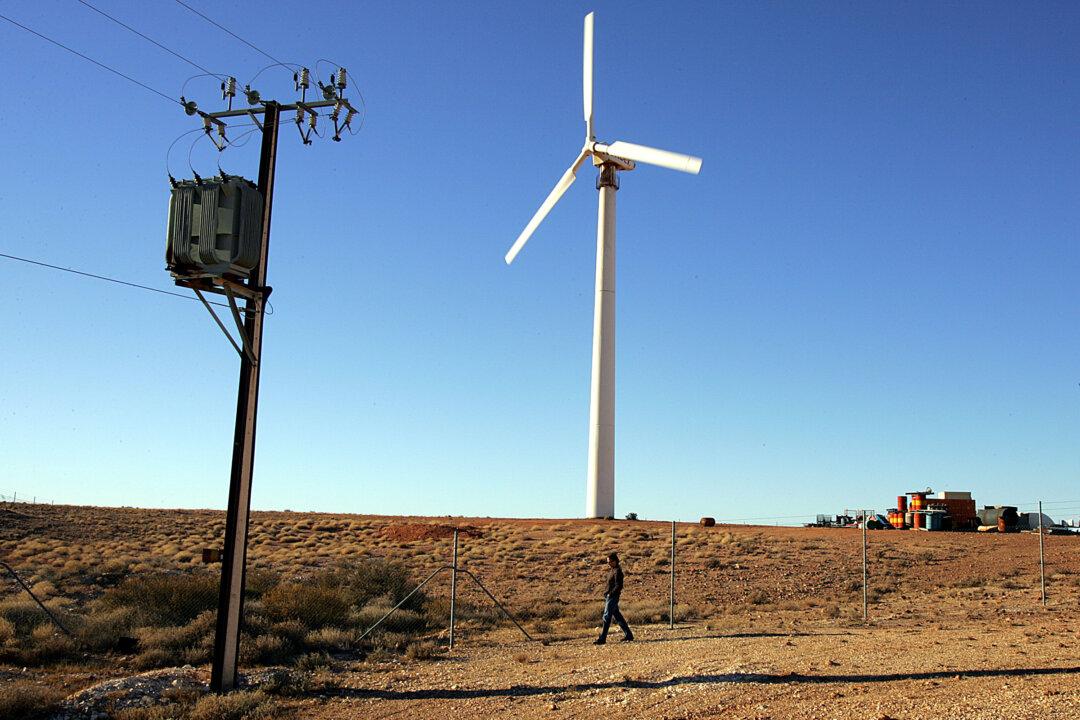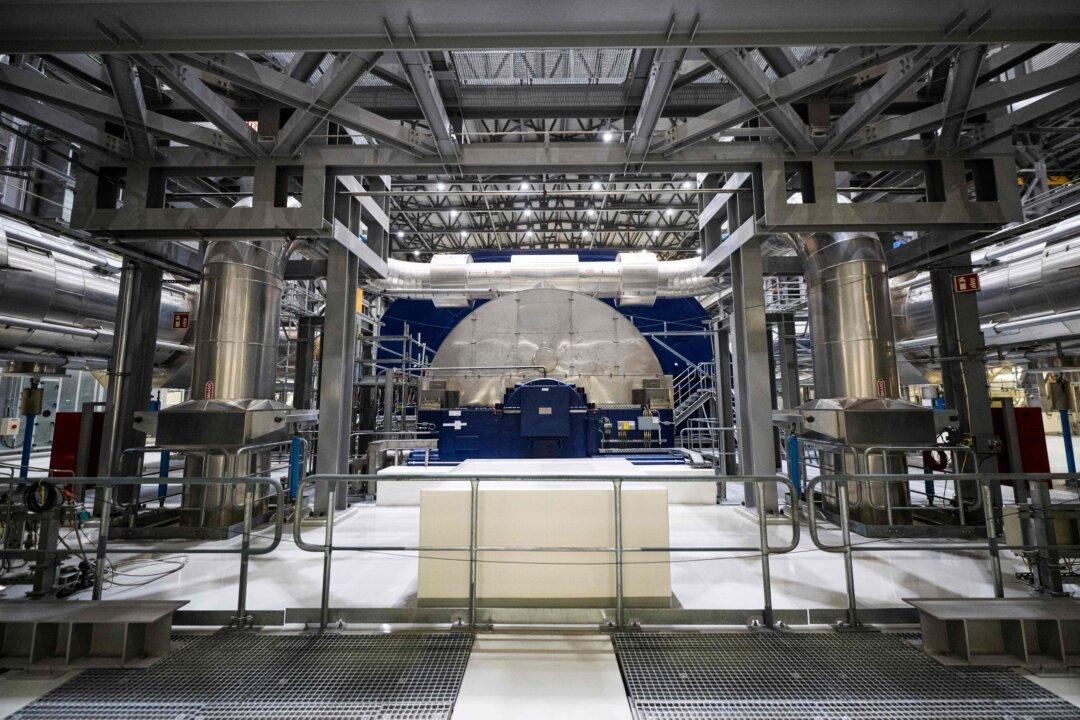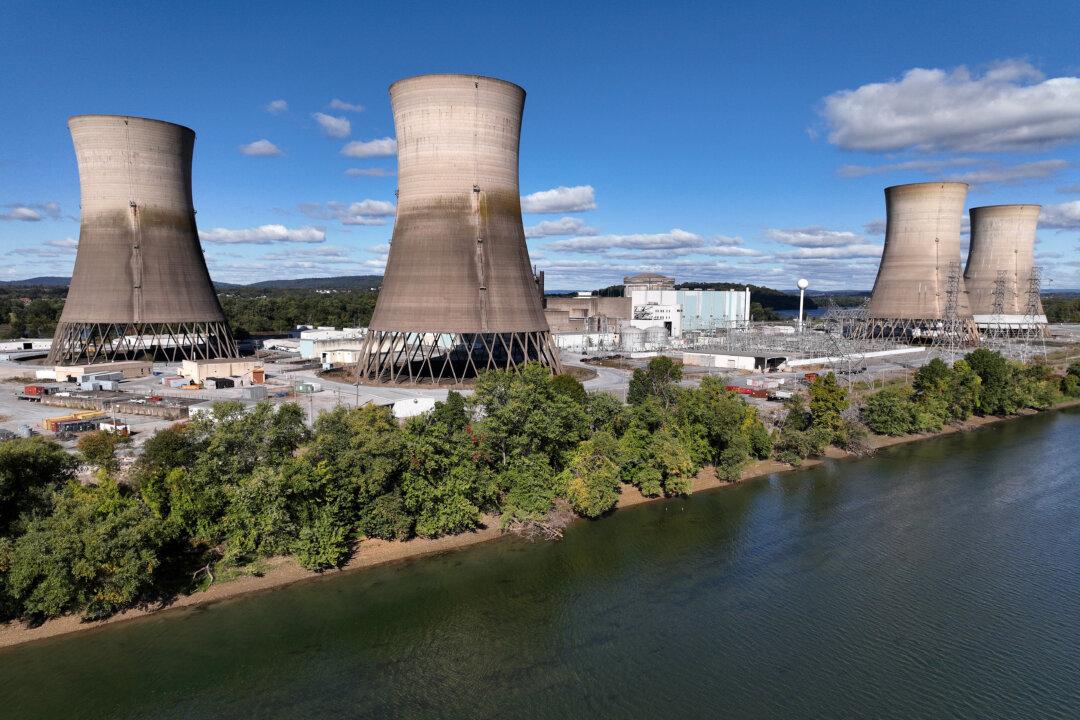Credit reporting agency CreditorWatch has warned that increased insolvency risks will remain in the Australian economy in the short to medium term despite the recovery of business activity from the COVID-19 pandemic.
“I remain cautious about the timeframe for trade activity to return to pre-COVID levels,” CreditorWatch CEO Patrick Coghlan said.
“There is still so much uncertainty out there, and with inflation on the rise and interest rate increases looming, consumers may be reluctant to open their wallets too much.”
The credit reporting agency holds the view that the Australian economy will face a bumpy outlook due to the adverse effects coming from supply chain disruptions, rising inflation, impending interest rate rises, labour shortages, fuel price rises and devastating floods.

Meanwhile, the report found that the hospitality industry was the most affected by bankruptcy among economic sectors, with the probability of default rising from 6.7 percent to 7.2 per cent from February to March.
As hospitality spending was considered discretionary and not essential, CreditorWatch expected that the default situation in the industry would worsen when increasing inflation and interest rates caused consumers to tighten their spending.
Among the regions in Australia, flood-stricken Lismore experienced an increase in default risk from February to March; however, the rate was well below the national average.
CreditorWatch chief economist Anneke Thompson said that inflation posed a significant threat to the country’s economic prospects.
She said that it was supply-side issues, which were caused by supply chain bottlenecks, high fuel prices, floods and labour shortages, driving up inflation rather than high demand.
Additionally, she said that even though future cash rate increases appeared to be necessary to contain inflation within the target range, they were very effective in curbing the desire for borrowing of consumers and investors.
“The Reserve Bank of Australia will be very wary of cash rate rises, further fuelling supply-side price rises if businesses on thin margins choose to pass on higher borrowing costs to consumers,” she said.
Economists are anticipating that the central bank will start lifting the cash rate in June.





